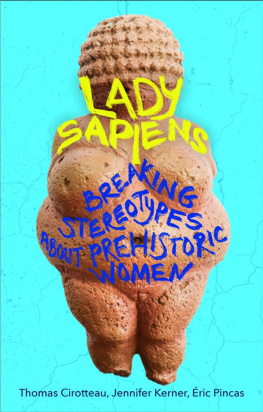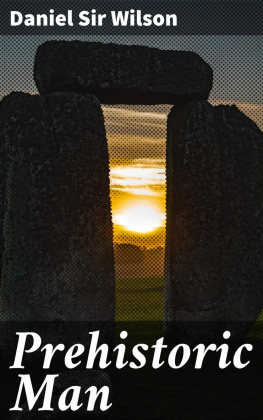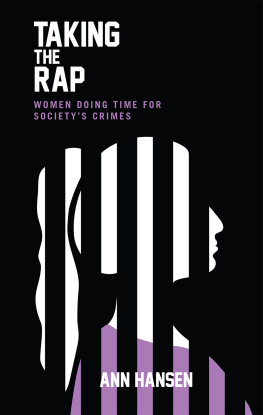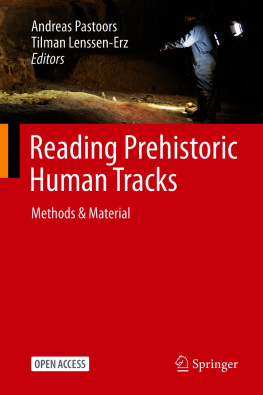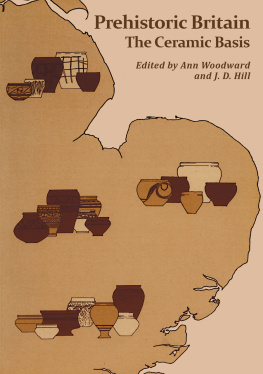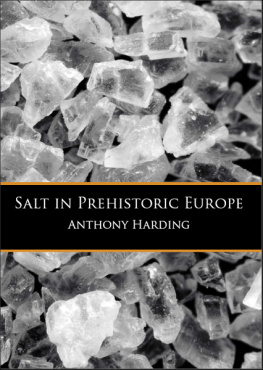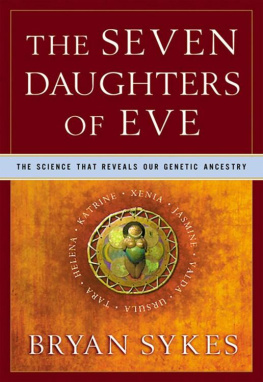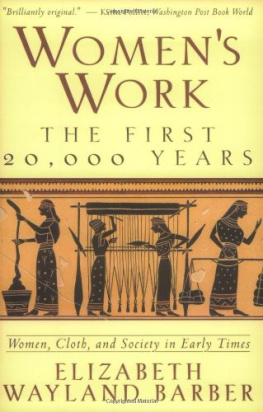Contents
Guide
HERO, AN IMPRINT OF LEGEND TIMES GROUP LTD
51 Gower Street
London WC1E 6HJ
United Kingdom
www.hero-press.com
Lady Sapiens first published in French by Les Arnes in 2021
This translation first published by Hero in 2022
Les Arnes, Paris, 2021
This edition is published by arrangement with Les Arnes in conjunction with its duly appointed agent Books And More #BAM, Paris, France
Translation Philippa Hurd, 2022
The right of the authors and translator to be identified as the authors and translator of this work has been asserted in accordance with the Copyright, Designs and Patents Act 1988. British Library Cataloguing in Publication Data available.
ISBN: 978-1-91505-478-4
All rights reserved. No part of this publication may be reproduced, stored in or introduced into a retrieval system, or transmitted, in any form or by any means (electronic, mechanical, photocopying, recording or otherwise), without the prior written permission of the publisher. This book is sold subject to the condition that it shall not be resold, lent, hired out or otherwise circulated without the express prior consent of the publisher.
CONTENTS
Lady Sapiens
Key Dates and Evidence
Relevant to the Project
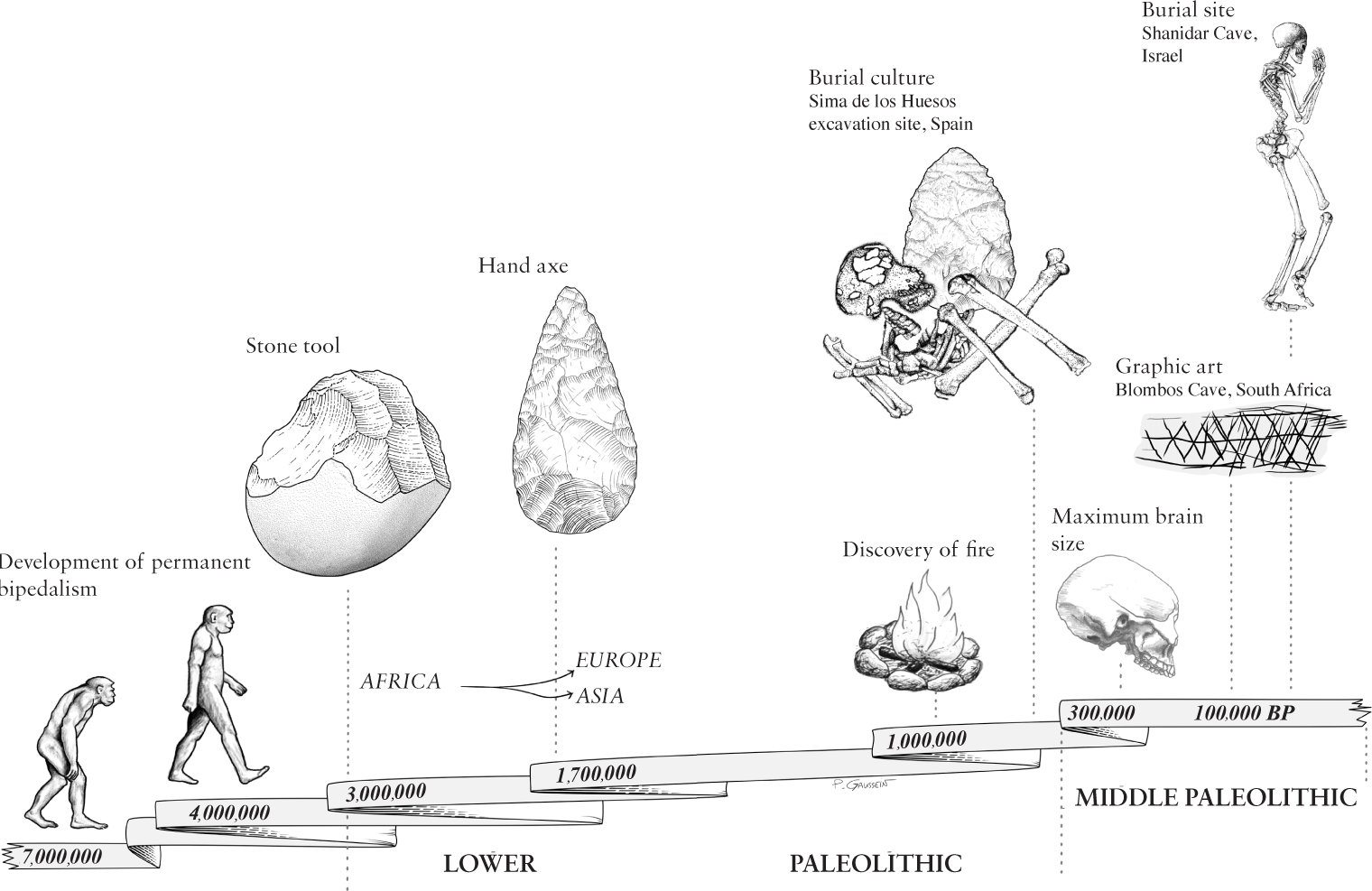
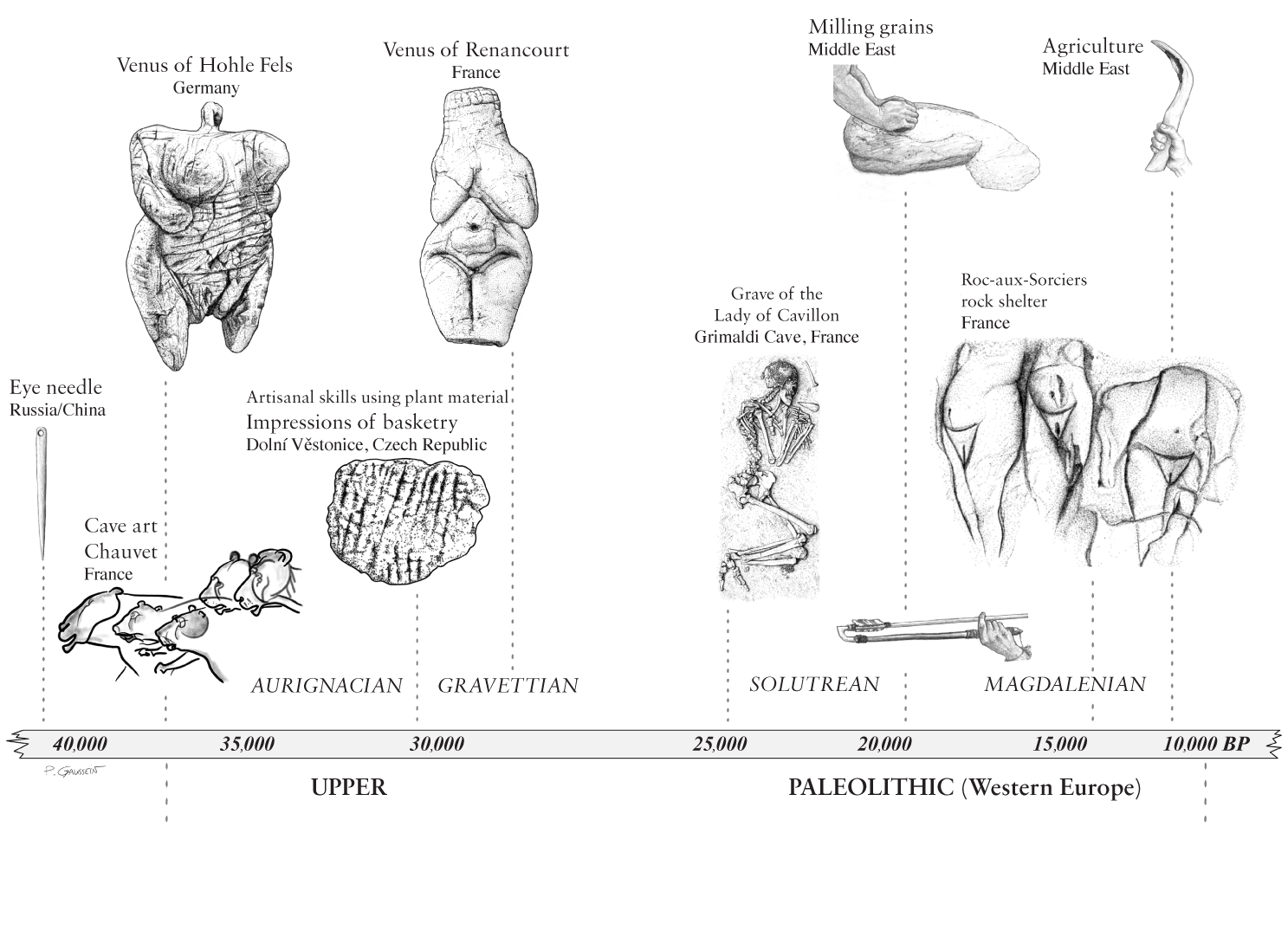
Preface
For a long time, prehistory was written from the male point of view, and when women were mentioned, they were portrayed as helpless, frightened creatures, protected by overly powerful male hunters. Since women have begun to enter the ranks of prehistorians, a different picture has gradually emerged. But between the traditional image of a woman crushed beneath the male yoke and the equally exaggerated vision of a huntress as mans equal, we were missing a more nuanced, rigorous portrait that drew on archaeological sources while taking into account ethnographic approaches. It was with this in mind that I tried to draw up a list of all the archaeological evidence, whether direct or indirect, that tells us about the position of women in prehistoric hunter-gatherer societies. These sources can be the human bones themselves, as well as the objects that were buried in tombs alongside the dead, the prints accidentally left in the clay of the caves, the hands pressed into the walls, leaving the mark of a presence, material remains of skilled work, etc. This overview appeared in a collective work published by Oxford University Press in 2019.
I first met ric Pincas and Thomas Cirotteau in 2018. They had already begun thinking about creating a documentary on the position of women in prehistory, and I sent them my article, which had then just gone to press. They generously asked me to join them in their work and be their scientific advisor on the documentary, then on the creation of the virtual reality experience that supplements the film, as well as on this book. I accepted this collaboration enthusiastically. This is how my study, which had been published in English and which remained little known in France, became the starting point for the investigation that led to the making of the film with its wonderful title, Lady Sapiens. The aim of the documentary and of this book is to make the results of this overview on the position and role of women in prehistory available to as many people as possible.
I insisted that nothing should be imagined or left to chance and that all the assumptions made in the film should be supported by the relevant evidence. It was on this basis that the project gradually took shape. Of course, ric and Thomas did most of the work, but we consulted together at length to come up with a list of the best specialists in the field who could contribute. This is how they conducted their investigation, which turns out to be the very first on the subject. Prehistorians as well as paleogeneticists, paleoanthropologists, art historians, ethnologists and other specialists have been called upon to contribute. The documentary is structured like a puzzle or a treasure hunt that can be enjoyed like a real police investigation. Every piece of evidence is pursued, from the excavation site to test-tube laboratory experiments, and the questions are not answered in haste they are assessed, and any diverging points of view are addressed. The result is a nuanced account, and any argument thats even slightly partisan has been omitted in order to achieve the highest possible degree of objectivity.
This book continues the adventure described in the documentary and takes up the arguments it developed. While remaining highly rigorous, it has been written using clear language in order to be accessible to a large audience of non-specialists. Jennifer Kerner has told the story of the investigation conducted by ric and Thomas in a way that is both lively and vivid. Both ric and Thomas read each draft of Jennifers work, and I personally made sure that every claim was substantiated. Thanks to this highly original collective adventure, the reader should have a more accurate idea of what we can reasonably say about Lady Sapiens today.
But why have we made such a documentary and such a book now? Advances in prehistoric research, which rely on increasingly acute and sophisticated laboratory analyses, are providing answers to mysteries that were impossible to solve a few decades ago. DNA (deoxyribonucleic acid) analysis can, for example, determine the sex of a skeleton in the absence of osteological evidence. And it is now possible to uncover pathologies resulting from work-related stress, an impossible task just a decade ago. In addition, today there are more women scientists, who have naturally broadened their research to include subjects that had been totally ignored, if not looked down upon, by their male colleagues. Activities traditionally considered male, such as hunting and stone-working, took pride of place, in part, truth be told, because they are the tasks that leave behind the most archaeological evidence. Supposedly female activities preparing animal hides or food, caring for young children were seen as minor, almost incidental, domestic chores, and attracted little research, no doubt because the first prehistorians were men of the nineteenth century, when women were regarded as subservient, their activities restricted to the domestic field and considered to be of hardly any social value.
ric and Thomass project took them to excavation sites and laboratories in France, Germany, Central Europe, the Middle East and the United States. It is not my intention to disclose here the details of this meticulous investigation and the results it produced. In the following pages readers will discover the portrait they were able to create of this woman who lived during the period called the Upper Paleolithic (between 40,000 and 10,000 years ago). They will learn what we can now say about her real role and involvement in daily chores, in the quest for food resources, and about her talents in the field of art and crafts. And finally, they will find answers to questions about her ability to balance her role as a mother with being a full member of the community.

